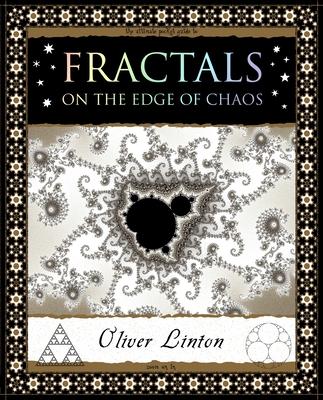A unique new guide to the chaos of the natural world and the mathematics of fractals for anyone who has ever wanted to understand the patterns in leaves or the creation of snowflakes.
2,000 years ago Euclid of Alexandria devised a strategy for measuring and mapping the world using spheres, cones, circles, and straight lines. His modeling allowed for the invention of geometry and the theories of Isaac Newton and influenced subjects as varied as economics and ethics. But Euclid's neat solutions belied much of natural reality, and as technologies like satellite navigation were developed, scientists needed to find a more precise way to measure forms that didn't follow straight lines or easily measured curves. The solution, discovered in 1982, was fractals. In this beautifully illustrated book, fractal-hunter Oliver Linton takes us on a fascinating journey into the mathematics of fractals, diving into everything from coastlines to carpets to reveal some of the most recently discovered and intriguing patterns in science and nature.
A unique new guide to the chaos of the natural world and the mathematics of fractals for anyone who has ever wanted to understand the patterns in leaves or the creation of snowflakes.
2,000 years ago Euclid of Alexandria devised a strategy for measuring and mapping the world using spheres, cones, circles, and straight lines. His modeling allowed for the invention of geometry and the theories of Isaac Newton and influenced subjects as varied as economics and ethics. But Euclid's neat solutions belied much of natural reality, and as technologies like satellite navigation were developed, scientists needed to find a more precise way to measure forms that didn't follow straight lines or easily measured curves. The solution, discovered in 1982, was fractals. In this beautifully illustrated book, fractal-hunter Oliver Linton takes us on a fascinating journey into the mathematics of fractals, diving into everything from coastlines to carpets to reveal some of the most recently discovered and intriguing patterns in science and nature.Hardcover
$15.00